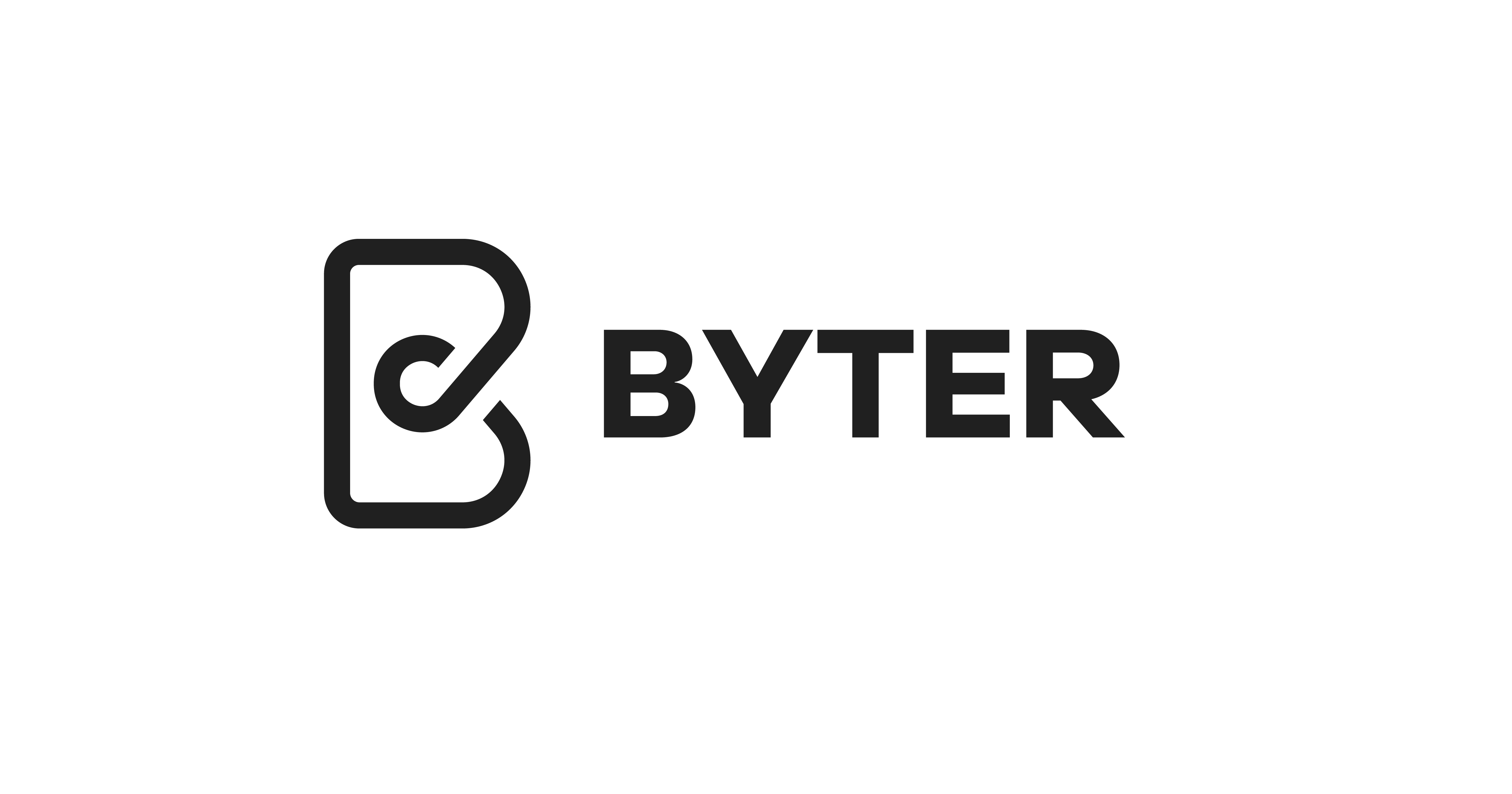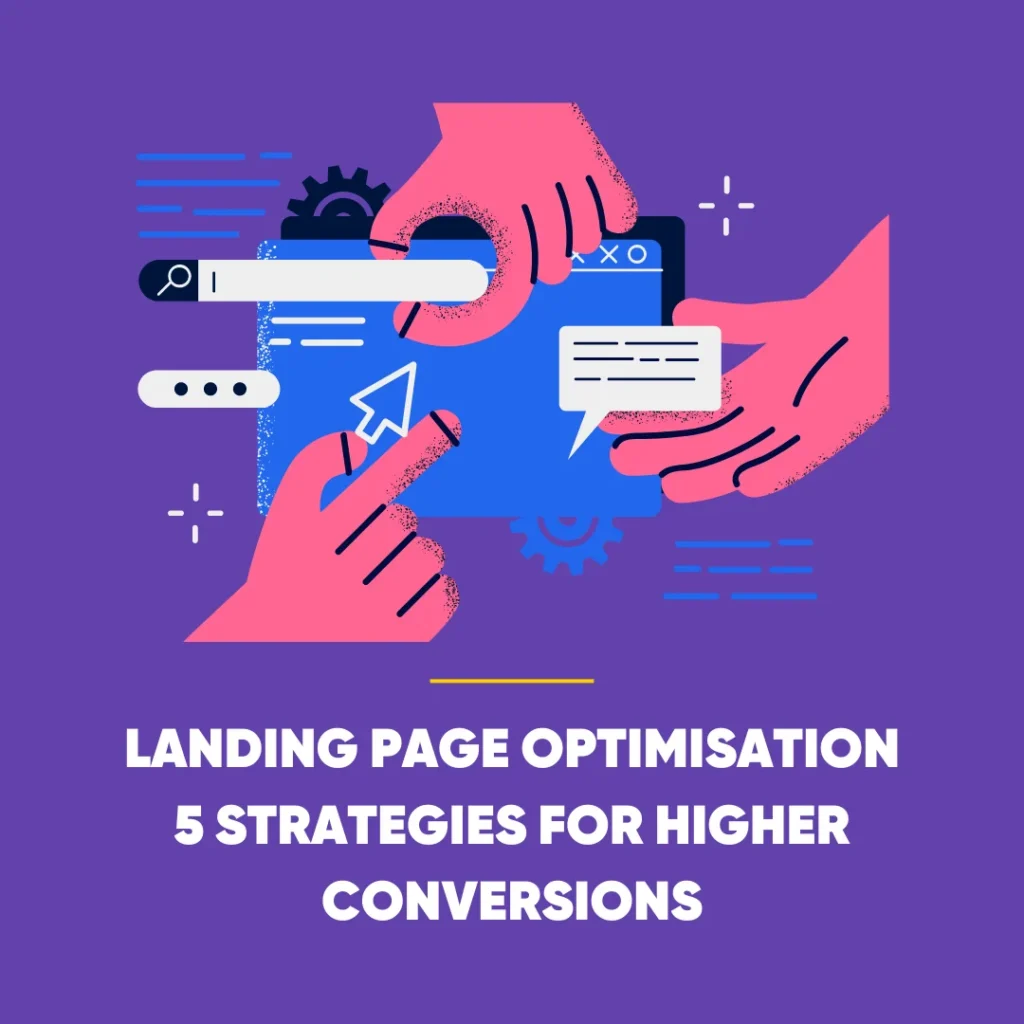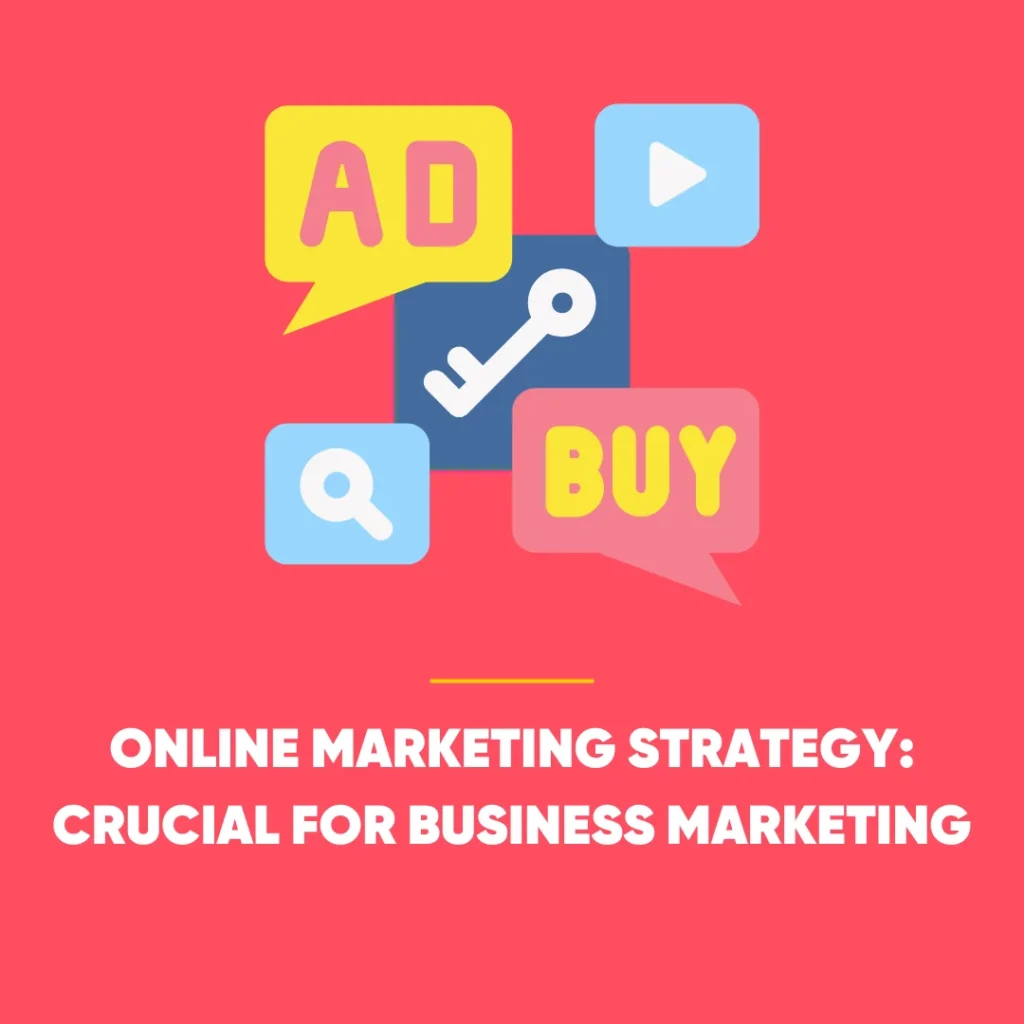What is the Difference Between Marketing and Advertising?
When it comes to digital marketing, it’s important to understand all the terms and strategies, and how to implement them. One of the most important concepts to understand about digital marketing is the difference between marketing and advertising.
Below, we will describe the differences according to the digital marketing experts as well as provide examples and strategies for each. Understanding these principles is important for being able to create a comprehensive customer journey that will help grow your business and increase your online footprint.
Marketing Defined
According to Investopedia, marketing refers to the activities a business undertakes to promote the buying or selling of certain products or services. Marketing can include activities like selling, delivering products to customers, advertising, social media, and more.
While advertising is part of marketing, marketing is a much broader term that pertains to a wide range of activities taken on to promote a business. Therefore, marketing encompasses all the activities related to business promotion, including market research, marketing strategy development, marketing communications, and so on.
According to the digital marketing experts, here are the 5 types of Marketing you should be aware of:
Word-of-Mouth Marketing
Word-of-mouth marketing is likely the oldest form of marketing and you likely do this daily. This is when you give or receive a recommendation for a product or service from another person. If you’ve ever tried a restaurant or seen a movie solely based on someone’s recommendation, you’ve been a part of word-of-mouth marketing.
Word-of-mouth marketing can be highly effective, which is why so many businesses focus on achieving high ratings on Google and Yelp and focusing on customer satisfaction. If a business treats its customers poorly, despite its best marketing efforts, word will get out and the business will fail. This is proven by the fact that 83% of people trust recommendations given by friends and family.
Affiliate Marketing
Like word-of-mouth marketing, affiliate marketing is when a person promotes a product or service on behalf of a company. If you’ve ever bought a product or done something because you saw an influencer, do it on social media, then you know the power of affiliate marketing.
Affiliate marketers will earn a commission based on certain metrics that can depend on the business or industry. Affiliate marketing is a powerful tool that allows you to reach audiences already garnered by influential people. Understanding affiliate marketing can help your business become a strong content creator in any industry.
Inbound & Outbound Marketing
Inbound marketing is when you engage your audience with relevant and valuable content. Compared to outbound marketing which focuses on getting the consumer’s attention and then showing them the value of a product or service, inbound marketing lets the product or service do the talking.
For instance, outbound marketing can be someone handing out cookie samples while inbound marketing is someone walking into a cookie store and having the cookie smell convince them to buy a cookie.
Content Marketing
Content Marketing is likely the most common form of marketing you are familiar with. Content marketing will include items like blogs, podcasts, videos, books, infographics, and more. When it comes to creating a brand story, content marketing is the perfect tool to engage your audience and explain what your business is and how it can improve people’s lives.
Competitive Analysis
While marketing includes many activities not directly related to what people see about your company, competitive analysis is one of the most important activities for any digital marketing team. If you do not understand how your competition is succeeding, then you may lose to the competition.
Competitive analysis can mean a wide range of activities that can include the following:
- Identifying your competitors
- Analyze competitor’s products or services
- Understand their target audience
- Conduct a SWOT analysis
- Analyze communications strategies
- Uncover competitor’s distribution channels
Advertising Defined
As described by the EconomicTimes, advertising is the paid promotion of products or services through various forms of communication. While marketing is a relatively broad term, advertising is specifically focused on the paid aspect of any marketing communications.
Whether you’re crafting a social media strategy or looking to engage your local community, here are some basic advertising forms you should be aware of:
Sponsorships Advertising
Sponsorship advertising is a widely used method to advertise products. If you’ve ever been to a concert, sports game, or other major events, you will likely have seen brands handing out free merch. This isn’t so you can have a new pair of Pepsi socks, it’s advertising! Remember, if the product is free, you are the product.
Out-of-Home Advertising
Out-of-home advertising refers to all the ads you see out in the world, including billboards, bench ads, and so on. This is a great method to reach a specific audience based on geography or consumer behaviors like where people shop or what type of activities people do out in the world.
TV Advertising
Some people love commercials, most people don’t. Regardless, commercials are considered highly effective ways to reach an audience. However, the use of TV advertising is declining as more people stream their tv-shows as of 2022.
Pay-Per-Click Advertising
Pay-per-click (PPC) advertising refers to online ads that appear on websites, search engines, social media platforms, and more. This is an effective advertising method as businesses only pay for the users that click on the advertisement, meaning that you only pay for what works for your business.
Display Advertising
Display advertising is similar to pay-per-click advertising as both methods are online. Display advertising describes the banners and large pictures that pop up on websites. The main difference between display and PPC advertising is how they are paid for. Display advertising is usually paid by the number of impressions it receives or how many people see the advertisement, compared to PPC where businesses only pay for the number of clicks the advertisement receives.
How to Use Marketing & Advertising
The main difference between marketing and advertising is that marketing applies to any activity to promote a business, whereas advertising is specifically the paid communications that promote a business. Advertising does not include the strategies behind advertisements or their creation, that would be considered marketing development. Therefore, when discussing advertising, you are solely discussing the paid aspect of marketing on billboards, tv, social media, or any other communications platform.
When thinking about promoting your business, your marketing strategy should dictate how you handle your advertising. Depending on what your competitors are doing within your industry and region, you may choose to advertise differently.








